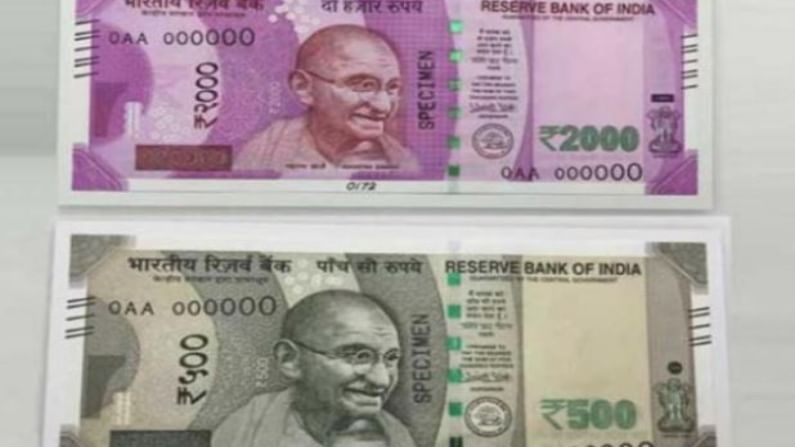Fake notes declined by 30% in Covid-hit FY21: RBI
The number of fake currency notes for FY21 stood at 2,08,625 in FY21 compared to 2,96,695 in FY20

The number of fake or counterfeit currency notes in the system declined by almost 30% in FY21, the annual report of Reserve Bank of India (RBI) for the year said.
According to RBI data, the only denomination that has witnessed a growth in fakes during the was Rs 500. The number of fake currency notes for FY21 stood at 2,08,625 in FY21 compared to 2,96,695 in FY20.
During the year, Rs 500 fake notes increased by about 31% to 39,453 pieces. It was 30,000 in FY20 and around 22,000 in FY19.
In the last two financial years, RBI/banks detected almost 70,000 pieces of Rs 500 counterfeit notes which had combined value of Rs 35 lakh.
On the other hand, fake notes of Rs 2,000 denomination witnessed a drop by over 48% in FY21. The number of fake Rs 2,000 notes stood at 8,800 in FY21 down from 17,002 in FY20. It was 21,848 in FY19.
Rs 100 fake notes
In volume terms Rs 100 fake notes occupied the top slot. According to RBI the number of Rs 100 counterfeit notes was 1,10,736 in FY21 against 1,68,739 in FY20 and 2,21,218 in FY19.
The decline in this category was by 34.5% in FY21 compared to FY20.
The drop in fake Rs 200 notes was 24% in FY21. According to the central bank, the number of fake notes in the system was 24,245 compare almost 32,000 in FY20 and 12,728 in FY19.
The fakes of smaller denomination — Rs 10, Rs 20 and Rs 50 — all witnessed sharp dips of 64%, 48% and 47%, respectively, in FY21 over FY20.
Reasons
Though RBI has not put any specific reason, but experts said there are multiple reasons behind the reduction in fake notes.
First, the lockdown, restrictions in mobility might have resulted in lower circulation of fakes notes too. Fakes notes are regularly sent via couriers from across the borders of India’s neighbouring countries, mostly in the east.
Second, there is increased patrolling and vigil at the borders.
Third, digital transactions are becoming more and more popular over the past few years and it has gathered even faster pace during the pandemic when people want to minimise physical contact.
There has been a near doubling of both transaction volume (from 12.5 billion to 22.3 billion) and value (from Rs 21.3 lakh crore to Rs 41 lakh crore) over a year in FY21.
RBI has also conducted a vigorous awareness campaign to raise awareness about security features on currency notes.
However, the pandemic has also witnessed a rise in the use of cash in the country. According to reports, the levels of cash as a percentage of GDP has risen to record levels in the past two decades.
“A rising trend in use of cash is expected to trigger a rise in the circulation of counterfeit notes but RBI data shows the opposite trend, which is quite interesting,” remarked Niloy Gupta, economics professor of Calcutta University.